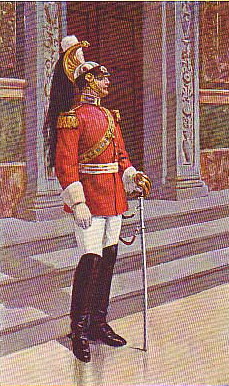Preacher Apostolic
The Preacher Apostolic is a dignitary of the pontifical household whose task is to give meditation to the pope, as well as other senior officials of the Roman Catholic Church. The office of the Preacher Apostolic was established by Pope Paul IV in 1555, as one of the main reforms that the pope had planned to implement. The new office was unpopular especially among the prelates because the Preacher Apostolic had been known to bring moral teachings to the Papal court, and remind them of their respective duties. The Preacher Apostolic is also referred to as the Preacher to the Papal Household. The Preacher Apostolic is the only individual who is permitted to preach to the pope.
Before 1555, Franciscan clerics used to preach regularly in front of the Papal Court. After the formation of the office in 1555, the Preacher Apostolic is appointed by the pontiff, though generally presented by their predecessor, or by the superior general of the Capuchins. He receives a notification in the form of a Rescript by the Cardinal of the Apostolic Palace, and becomes ipso facto a Palatine prelate,and a member of the papal household. As such, he enjoys all the privileges attached to these titles.
The Preacher Apostolic preaches to the assembled papal court four times during Advent and on a weekly basis during Lent. He delivers the sermons in Advent on the Feasts of St. Andrew, St. Nicholas, St. Lucy and St. Thomas; and on Fridays in Lent, except in the Holy Week; during which the Passion Sermon is preached on Tuesdays.
The papal Court meets in the throne-room in the Vatican; the pulpit occupies the place of the throne. After everybody takes their positions, the sermon begins with an “Ave Maria”, which is recited loudly and answered by the audience. The pontiff is assisted by his majordomo and the master of the camera. The sitting arrangement in the papal Court is as follows: the front seats are occupied by the cardinals, followed by the bishops behind them, then the prelates and then the general heads of the Mendicant Orders. Nobody else is allowed into the papal Court unless permitted to do so by the pope.
At the end of the sermon, the Preacher Apostolic returns to the pope, kisses his feet, takes leave of him and he is then driven back to his convent. It is only the Preacher Apostolic who gives sermons in the papal Court. The sermon is considered confidential.
